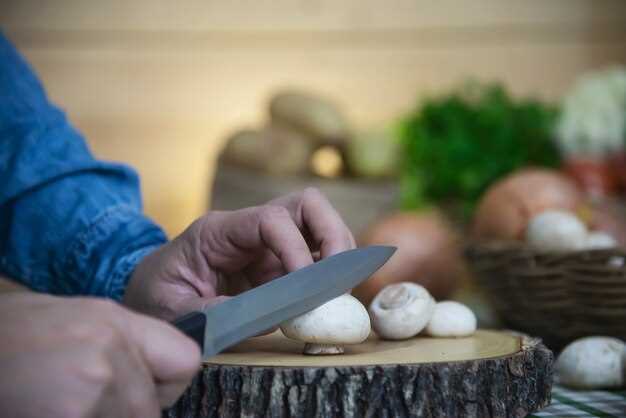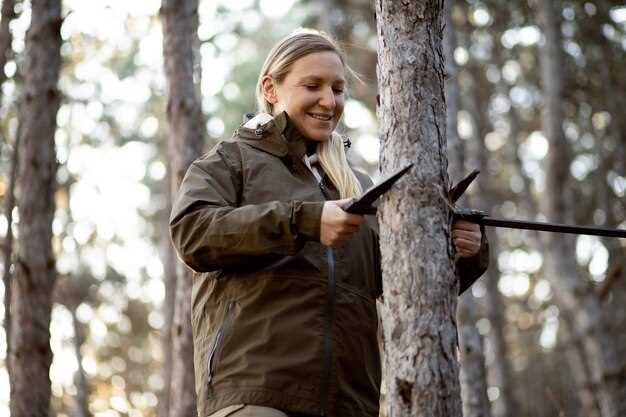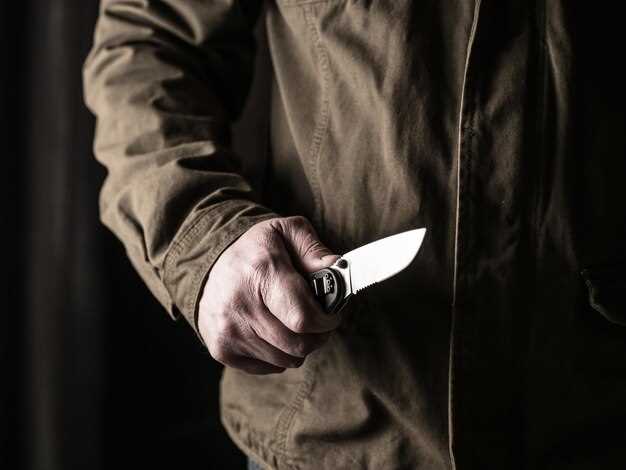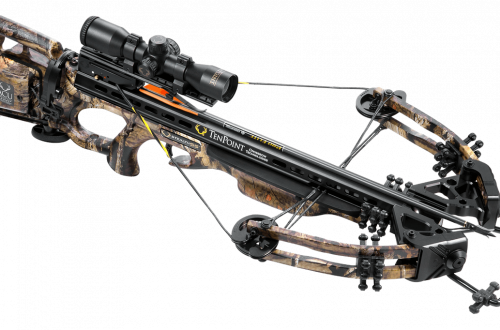
How to sharpen your hunting knife correctly

Maintaining a razor-sharp edge on your hunting knife is essential for a successful and efficient outing. A well-sharpened knife not only ensures cleaner cuts but also enhances safety and reduces the amount of effort required during use. In this article, we will explore various sharpening techniques that can be easily implemented, regardless of your skill level.
Whether you are an experienced outdoorsman or a novice, understanding the nuances of knife sharpening can significantly improve your hunting experience. Dull blades can lead to frustration and can even compromise your ability to process game effectively. By mastering these straightforward methods, you’ll be well-equipped to keep your knife in its optimal condition.
From honing rods to whetstones, there are numerous tools available for sharpening your knife. We will discuss each option, focusing on their unique advantages and best practices. By following these proven techniques, you can ensure that your hunting knife remains sharp and ready for any challenge you may encounter in the field.
Understanding Different Sharpening Tools for Your Knife

When it comes to maintaining your hunting knife, understanding the various sharpening tools available is essential. Each tool serves a distinct purpose, and using the right one can significantly enhance the blade’s performance and longevity.
One of the most common sharpening tools is the whetstone. Whetstones come in various grits, allowing you to choose the right level of sharpness. A coarse grit is ideal for dull blades, while finer grits are suited for honing and achieving a razor-edge finish. Proper technique involves holding the knife at a consistent angle against the stone, allowing for effective sharpening.
Another popular option is the electric sharpener. These devices provide speed and convenience, making them perfect for users who may not have the time or skill to sharpen manually. However, care is needed, as they can remove more material than necessary if not used correctly. Always follow the manufacturer’s instructions for optimal results.
For quick touch-ups, honing rods are invaluable. These tools help maintain the edge of a knife by realigning the microscopic teeth along the blade. Using a honing rod regularly between sharpening sessions can extend the time between major sharpenings and keep your knife performing well in the field.
Some hunters prefer ceramic or diamond-coated sharpeners for their durability and effectiveness. These tools are typically portable and allow for quick sharpening on the go. The diamond surface is particularly aggressive and can sharpen even the toughest steel, while ceramic options provide a finer finish.
Lastly, sharpening guides can help ensure that you maintain the correct angle while sharpening, which is crucial for achieving the best edge. If you are new to knife care, investing in a sharpening guide can enhance your technique and help you become more proficient.
In summary, understanding the different sharpening tools available allows you to care for your hunting knife effectively. By choosing the right tool and technique, you can keep your knife sharp and ready for any challenge in the field.
Step-by-Step Guide to Using a Whetstone for Precision Sharpening

Sharpening your knife with a whetstone requires careful attention to detail. Follow these steps for optimal results.
1. Select the Right Whetstone: Choose a whetstone with appropriate grit levels. For dull knives, start with a coarse grit (around 400-1000). For honing, use a fine grit (3000-8000).
2. Prepare the Whetstone: Soak the whetstone in water for about 10-15 minutes before sharpening. This ensures the stone stays lubricated and prevents damage to the blade.
3. Stabilize the Whetstone: Place the whetstone on a non-slip surface or use a wet cloth underneath it to keep it steady during the sharpening process.
4. Position the Knife: Hold the knife at a 20-degree angle against the stone. This angle is ideal for most knives. Ensure the blade’s edge contacts the stone evenly.
5. Start Sharpening: Using moderate pressure, slide the blade across the whetstone in a sweeping motion, moving from the heel to the tip. Alternate sides after 5-10 strokes, maintaining the same angle. This technique helps to create a consistent edge.
6. Check the Edge: Periodically check the knife’s edge by gently running your finger along it or performing a paper test. If it cleanly slices through paper, you are on the right track.
7. Hone the Edge: Once sharpened, use a fine grit side to hone the edge. Repeat the sharpening steps but apply lighter pressure to refine the edge further.
8. Clean and Care for Your Knife: After sharpening, rinse your knife and dry it thoroughly. Proper care includes regular honing and occasional sharpening to maintain its performance.
By following these steps, you can achieve a precise, sharp blade that is essential for effective cutting. Regular maintenance through proper sharpening techniques will enhance the life and functionality of your knife.
Maintaining Your Knife: Essential Care Tips After Sharpening
Once you have completed the sharpening process of your knife, it is crucial to follow essential care tips to ensure its longevity and peak performance. Proper maintenance not only preserves the sharpness but also enhances safety and usability.
Cleaning your knife should be the first step after sharpening. Always wash the blade with warm soapy water and a soft cloth. Avoid using abrasive materials, as they can scratch the surface and dull the edge. After cleaning, dry the knife thoroughly to prevent rust and corrosion, particularly if it is made from high-carbon steel.
Storage plays a significant role in maintaining your knife’s integrity. Store your knife in a designated knife block, sheath, or magnetic strip to prevent contact with other utensils that can scratch or damage the blade. Avoid tossing it into a drawer without protection, as this can lead to nicks and dullness.
Regular maintenance is essential for keeping the knife sharp post-sharpening. Consider honing the blade with a honing rod regularly. This process realigns the edge and helps maintain sharpness between sharpenings. Aim to hone your knife before each use, especially if you are frequently working with tough materials.
Additionally, keep an eye on the blade’s edge. If you notice any chips or significant dullness, do not hesitate to sharpen your knife again. Addressing these issues promptly will prolong the life of your blade.
Lastly, always remember to respect your knife as a tool. Use it for its intended purpose and avoid activities like prying or twisting, which can damage the blade and compromise its sharpness. By following these essential care tips, you can ensure that your knife remains an effective and reliable tool for years to come.




